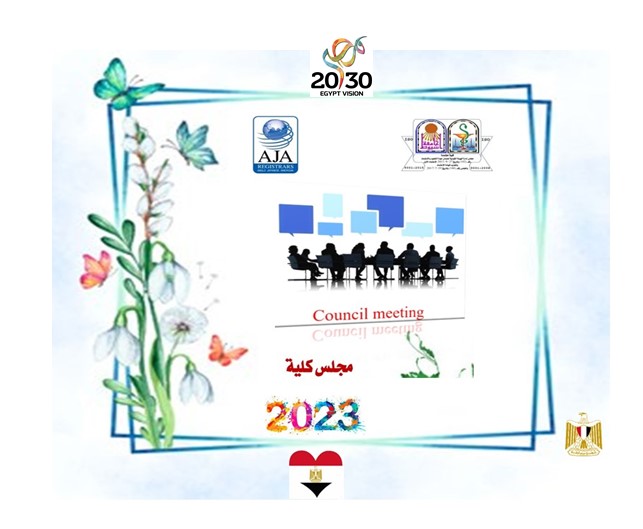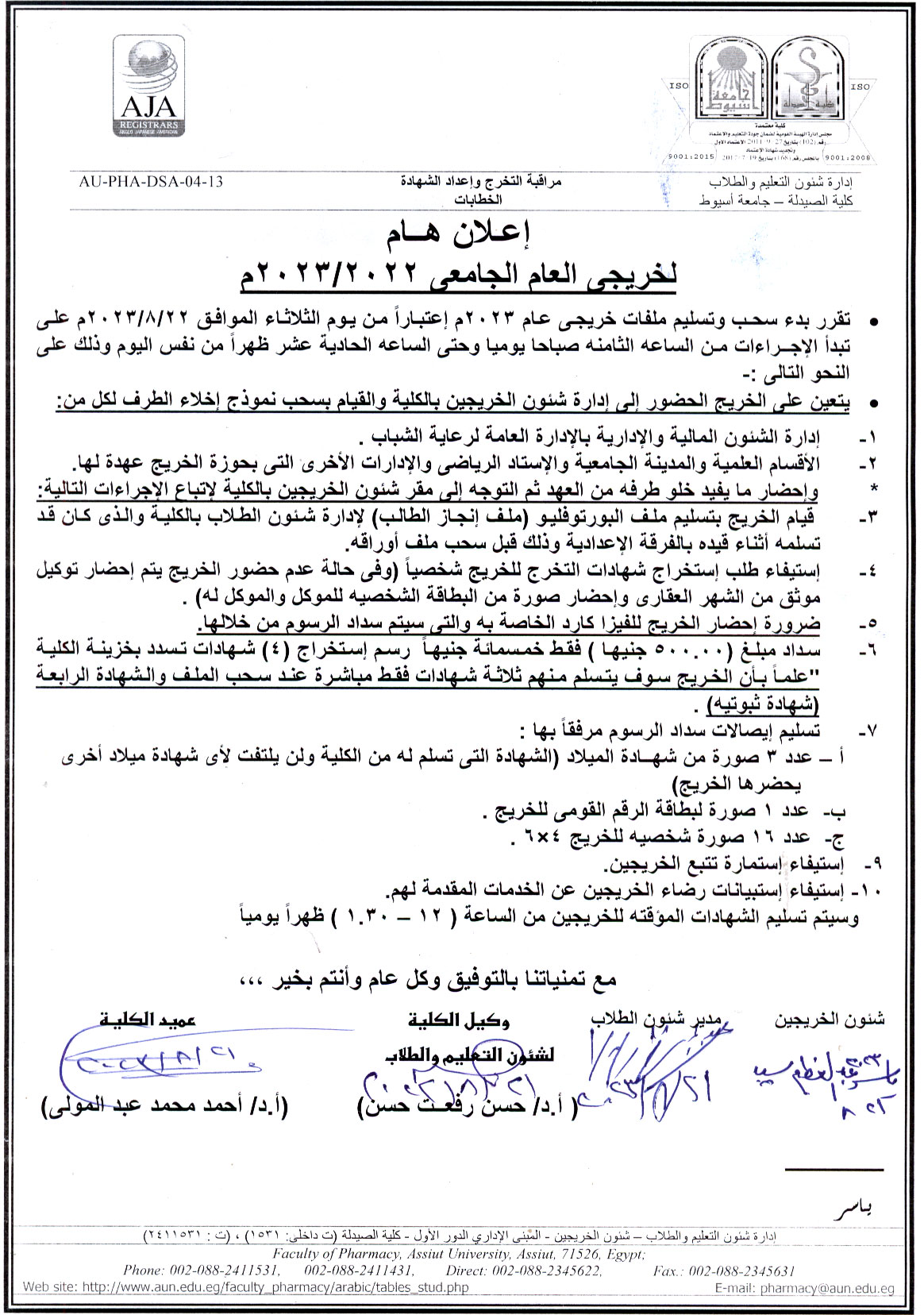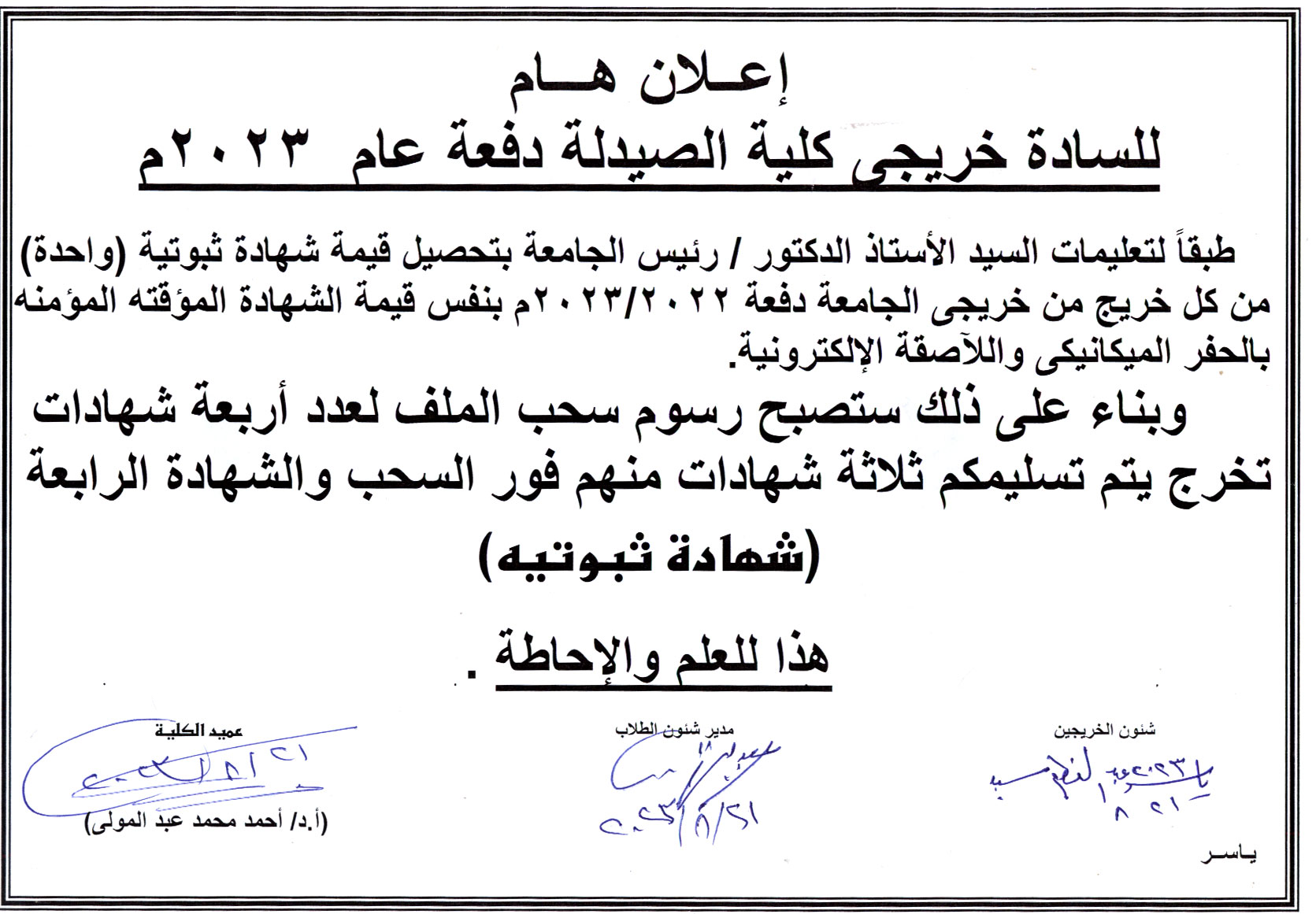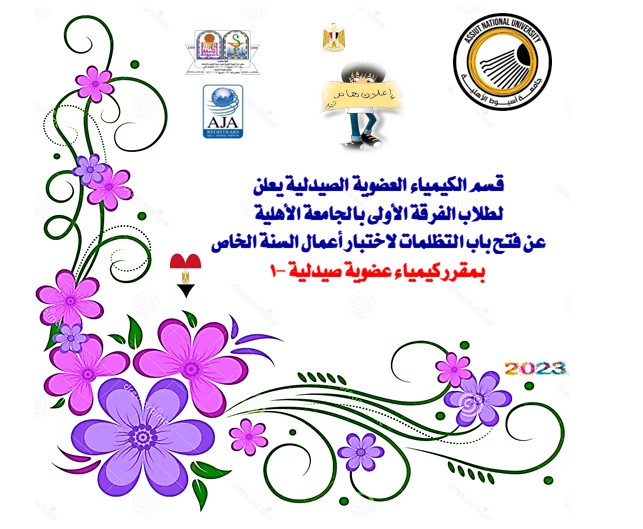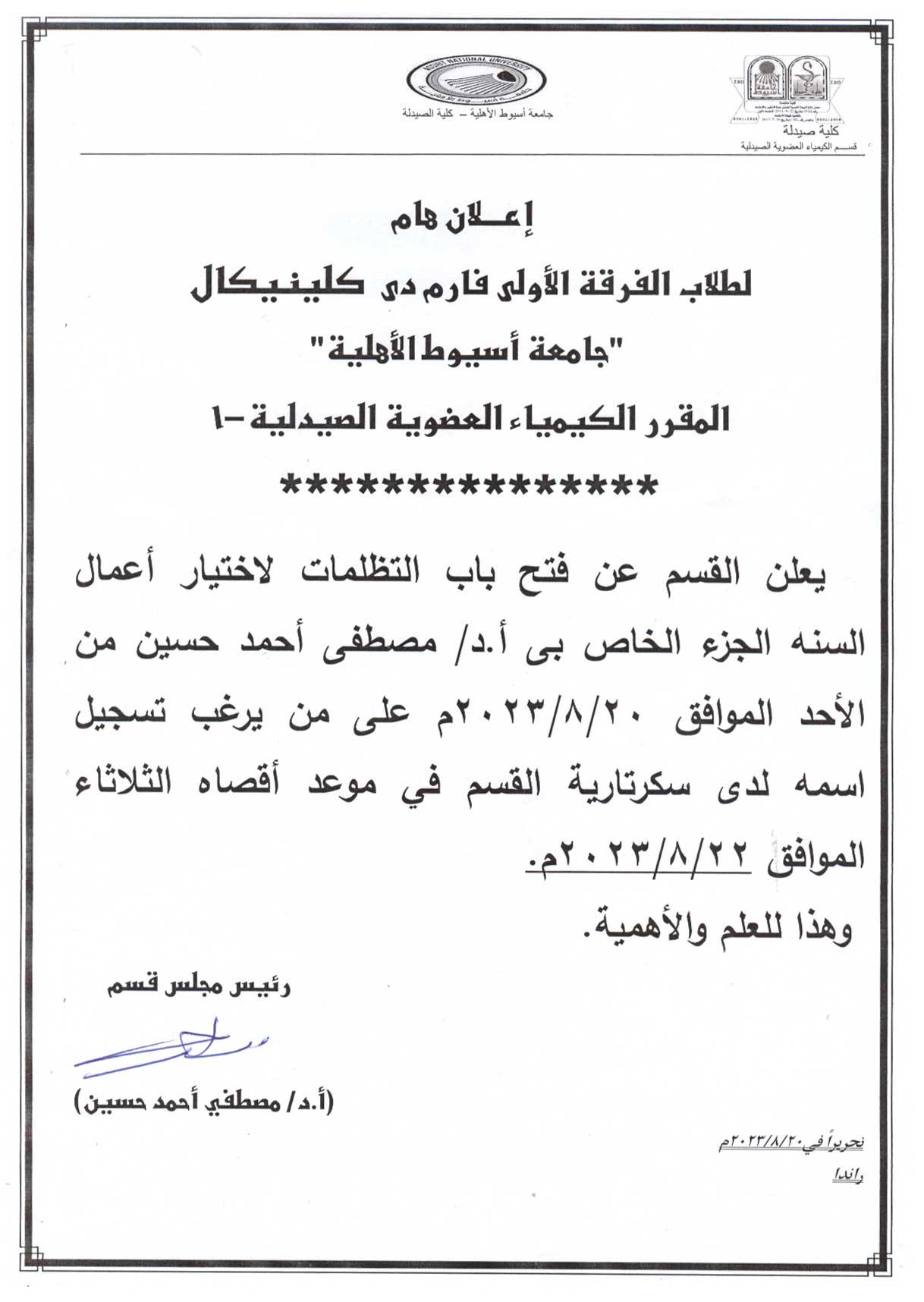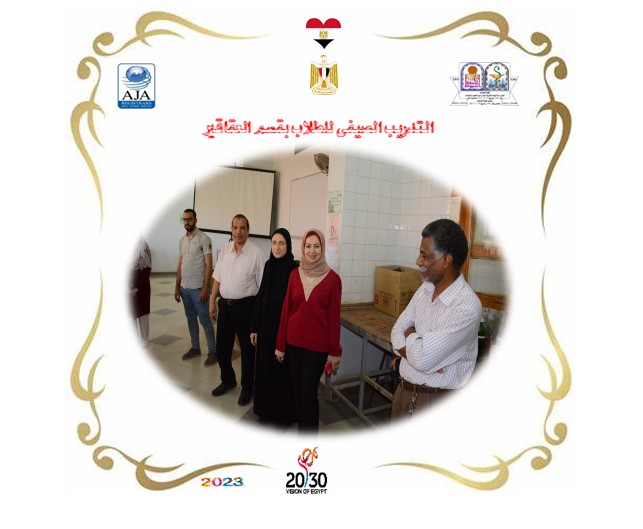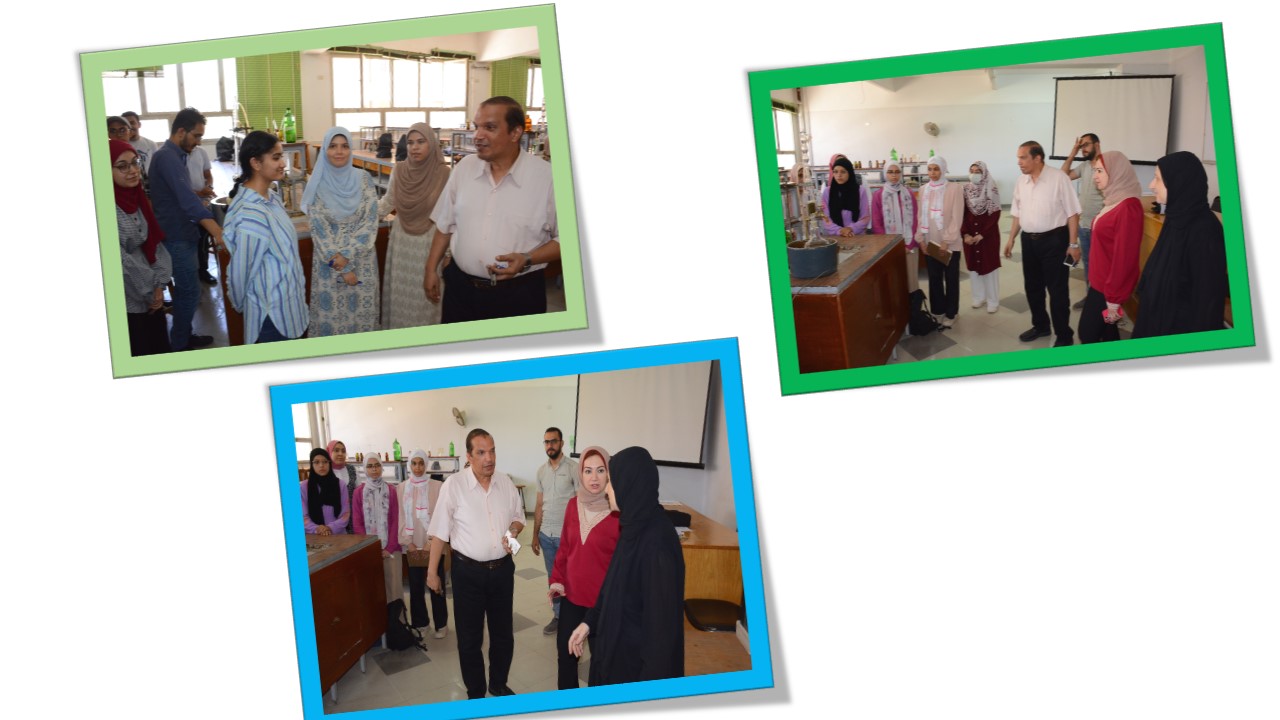Ketorolac tromethamine loaded nanoparticles for ocular delivery: formulation, in-vitro and ex-vivo evaluation
The objective of the current study was preparation of ketorolac tromethamine (KT) loaded nanoparticles (NPs) based on two polymers (Eudragit RL 100 and Gelatin) for ocular applications providing a controlled drug release to improve KT bioavailability. Nanoprecipitation technique was used to prepare eudragit RL 100 NPs while gelatin NPs were prepared using two-step desolvation technique. The formulations were evaluated in terms of particle size, zeta potential, polydispersibity index (PDI) and physicochemical characterizations (DSC, FTIR, X-ray diffraction). Drug entrapment, in-vitro release, ex-vivo permeation, histological examination and stability at different conditions were also examined. The optimized parameters have been determined and were suitable for possible ocular application. NPs showed sustained drug release in-vitro and higher permeation as compared to that of Acular® solution. These preliminary results indicated that KT loaded NPs are effective in sustaining drug release and could be used for improving ocular delivery of KT.




